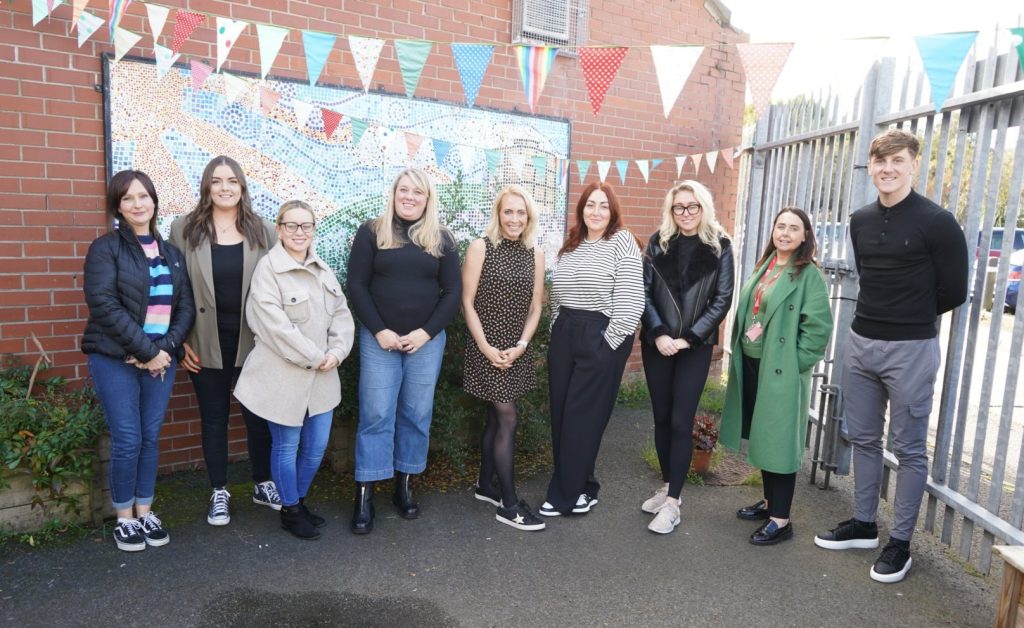
This blog post was initially published in the Arts Professional blog, 10 June 2025.
When government talks about the future of towns and cities, it often speaks about transport links, infrastructure and housing supply. But there’s another vital ingredient that turns spaces into places, and developments into destinations up and down the UK: culture. And at the heart of that culture are creative communities.
Creative communities are cross sector groups – artists, performers, designers, makers and educators in the public, third and private sectors. They aren’t just passive users of space; they are co-authors of place identity. For real estate developers, they’re not an add-on: they are a strategic resource to be deployed at every stage of the process.
Too often, culture is treated as the planning line that never gets written down. It’s left until later – if at all. But if you don’t embed cultural infrastructure and support for creative communities from day one, evidence suggests you’re unlikely to find yourself with a thriving development in 30 years’ time.
At UKREiiF 2025–the biggest real estate event in the country – developers like Argent were keen to show how they have re-centred culture in their strategy.
To achieve their award-winning King’s Cross development, Argent partnered with artists, loaned space for creative studios, hosted performances and invited universities into the mix. The result is not just another city development, it is a vibrant, living place where creative communities feel welcome, seen and supported.
It’s a cocktail approach to co-creation that Argent have repeated in their soon to be launched transformation of Brent Cross. Culture in this context isn’t a standalone programme. It’s a catalyst. It’s the spark that creates a sense of ownership, pride and place.
Cultural leadership in placemaking has changed. Today’s model isn’t about a single visionary at the top. It’s about coalitions – citizens’ assemblies, combined authorities, universities and community groups – working together to shape vision, allocate space and co-create developments.
Instead of hiring the usual suspects at great cost, many places in England are now experimenting with cross-sector stakeholder portfolios within combined mayoral authorities, where creative stakeholders shape strategy, or using mayoral citizen assemblies to ensure inclusive outcomes.
Creative communities thrive under collaborative leadership. As co-creators, not just end users, creative communities bring authenticity, relevance and energy that no external consultant can replicate.
Creative communities aren’t passive beneficiaries – they’re economic drivers in a circular, place-based economy.
Development strategy asks culture for metrics. How many creative jobs were supported? How many residents engaged with programming? What was the increase in footfall or dwell time in real estate space?
Partnerships like those Argent built show how rigorous data can justify and capture the multiple values arising from cultural spend. Whether through social value indicators, ESG (Environmental, Social and Governance) benchmarks or new cross-sector impact frameworks, developers are creating new tools to measure what creative communities deliver – not just for the sake of culture, but for their bottom line too.
Culture isn’t soft; it’s measurable – and creative communities generate returns that are as much economic as they are social.
Whether planning a new town, reviving a tired high street or reimagining a post-industrial area, the opportunity for developers is the same: empower your creative communities, connect them locally and nationally through devolution, and embed them deeply in the story of your place and in your process.
Because it’s not just about making space for culture, it’s about making space with culture.
Creative communities are the engine rooms of vibrant places. They define character, attract people, foster participation and anchor regeneration. Supporting them isn’t an act of charity, it’s a strategic investment in the social and economic resilience of the place you’re building.
If the UK government wants landmark developments that succeed long after the cranes are gone, we must embed culture, not just in buildings, but in budgets, metrics and leadership models.
Because creative communities aren’t just something we build around. It’s what we build with.
Brought to you by


